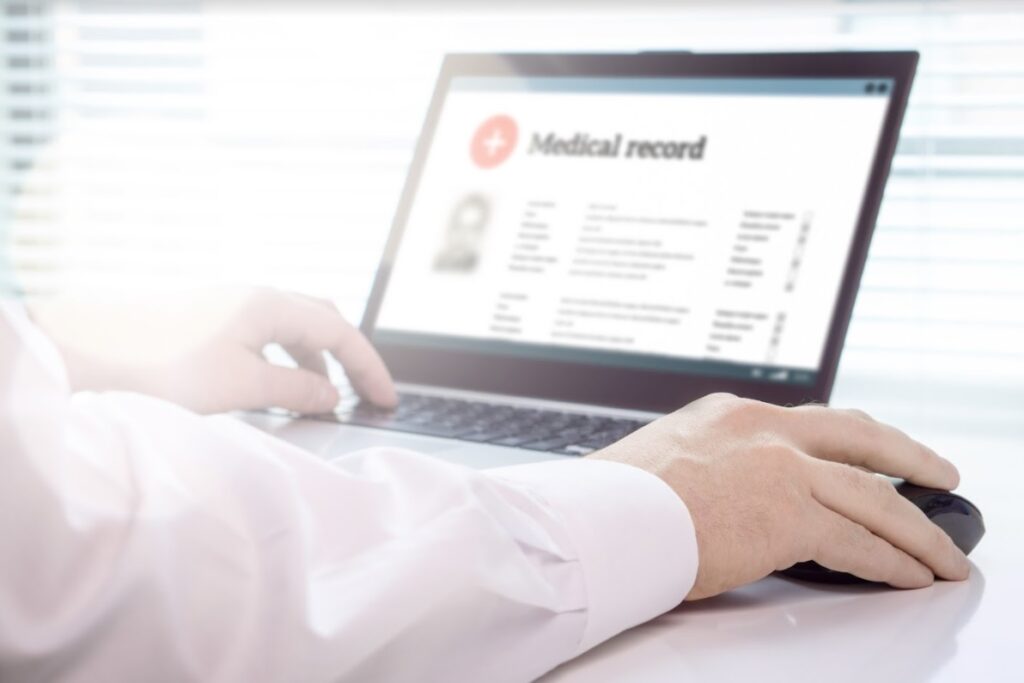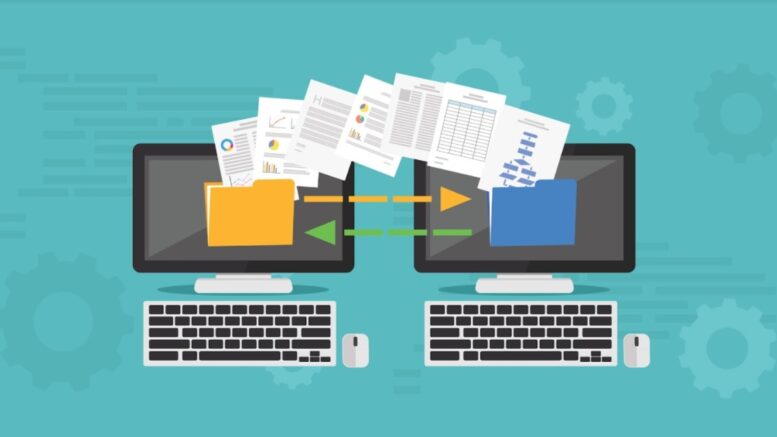Medical data is universally protected, and information sharing is restricted to the patients and health professionals looking after them. While ideal, access restriction is also a significant deterrent in providing the best care, especially for medical referrals.
Healthcare inoperability aims to address these problems to provide the best patient care and outcomes. In the United States, the Interoperability and Patient Access rule promotes seamless yet secure information sharing among covered government facilities. (1)
The private healthcare sector has been following suit. But organizations have different rules, standards, and platforms, leading to delays and implementation issues. Overall, about 75% of the medical facilities have moved past basic interoperability because of forward-thinking developers of EHR software. (2)
Here’s a closer view of healthcare interoperability and how medical facilities can enhance information access and sharing.
What healthcare inoperability means
In spite of being confidential, electronic health records (EHR) may be shared with patient consent, especially in life-threatening situations. That’s where interoperability comes in.
Interoperability refers to the seamless exchange of information between applications, devices, and systems between and among medical facilities. As such, interoperability facilitates the access, exchange, and integration of data while ensuring EHR data security to improve the delivery of healthcare services. (3)
Enhancing healthcare interoperability solutions
Several factors hinder the efficient implementation of healthcare interoperability. Apart from the lack of integrated systems, most applications generate a high amount of health data that isn’t necessarily useful. Additionally, there’s a need for advanced technology to interpret complex data sets. (4)
To overcome these main interoperability challenges, healthcare organizations can perform the following:
Assess current system and resources
Interoperability allows facilities to deliver patient-centric services. To achieve this, medical facilities should evaluate their current system and determine whether their existing resources are aligned with their objectives.
Healthcare facilities must implement four levels of interoperability, as discussed below.
- Step 1: The Foundational level is the first step in achieving interoperability, which allows the exchange of healthcare data without the capacity for interpretation. Thus, human intervention is still necessary for this step.
- Step 2: The Structural level is the next stage, ensuring data exchange and interpretation between two systems is possible. At this stage, facilities can access and integrate EHR without much effort.
- Step 3: The Semantic level is the highest stage, enabling more than two information technology (IT) systems to use and exchange information. In concrete terms, this allows facilities to access relevant data without any problems.
- Step 4: The Organizational level encompasses both external and internal adjustments that facilities and authorities must perform to allow smooth data sharing. Its main components include policy support, IT governance, legal and organizational amendments aimed at seamless and boundless data exchange. (6)
A recent survey by the Healthcare Information and Management Systems Society (HIMSS) revealed that most healthcare facilities have moved past the initial stage.
Optimize technology use
Digital records have helped streamline paperwork, but interoperability is still a challenge as software vendors operate on different platforms. The HIMSS survey recently discovered that while internal data sharing is good, information exchange with patients and other health systems isn’t as great. (4)
Apart from EHR software integration, medical facilities should tap the latest technologies such as application programming interface (API), cloud storage, machine learning, and artificial intelligence (AI). Natural language processing may also be leveraged for complex data management systems. Of these tools, API is one of the most useful for most, allowing patients to access their information conveniently. (2) (4)

Leveraging health information exchange (HIE)
Health information exchange (HIE) facilitates secure access and exchange of digital patient information. It is crucial for interoperability, and the government must extend support to the healthcare sector to make things happen.
The Statewide Health Information Network for New York (SHIN-NY) is an example of what interoperability can achieve with stakeholders’ cooperation. The SHIN-NY network covers all hospitals in NY and has more than 100,000 medical staff. It can be used statewide regardless of the healthcare facility involved. (5)
A press release indicated that the initiative helps reduce unnecessary medical costs by up to USD$195 million annually. Besides cost reduction, interoperability provides real-time access to health information and enhances diagnostic capacity. (5)
Improving data quality and standardization
As mentioned, interoperability issues include disparate and sometimes unusable data. For instance, before the arrival of EHR, medical information was converted via electronic medical records (EMR) which are just digital copies of doctors’ charts, and this hasn’t helped promote interoperability. (3)
As such, leveraging technology is not the end-all and be-all of data sharing. Apart from tapping technologies, healthcare facilities must focus on gathering relevant, complete, and structured data. Identifying these ensures AI and machine learning can analyze data correctly, helping doctors make better decisions.
Additionally, organizations and other stakeholders should be able to work on standardization. Healthcare information processing and exchange will remain challenging without ensuring that systems remain compatible from one organization to another.
The bottom line
Healthcare inoperability is crucial in improving patient outcomes and studying specific medical-related trends. Doctors can improve diagnosis and make informed decisions with access to individual health records. Interoperability also facilitates group studies to address common health issues. That said, healthcare organizations can implement any or a few of the suggestions above to improve healthcare data access and processing.
References
- “Interoperability and Patient Access Fact Sheet”, Source: https://www.cms.gov/newsroom/fact-sheets/interoperability-and-patient-access-fact-sheet
- “Interoperability: 3 charts take the pulse of health data sharing today”, Source: https://www.healthcareitnews.com/news/interoperability-3-charts-take-pulse-health-data-sharing-today
- “Interoperability in Healthcare”, Source: https://www.himss.org/resources/interoperability-healthcare
- “The Biggest Barriers to Healthcare Inoperability”, Source: https://www.healthcatalyst.com/insights/healthcare-interoperability-barriers-solutions/
- “Statewide Network for Clinical Data Sharing Reduces Healthcare Costs by an Estimated $160-$195 Million Annually”, Source: https://www.nyehealth.org/statewidenetworkreducescosts/
- “4 Tips for Successful EHR Interoperability”, Source: https://www.fiercehealthcare.com/sponsored/4-tips-for-successful-ehr-interoperability
